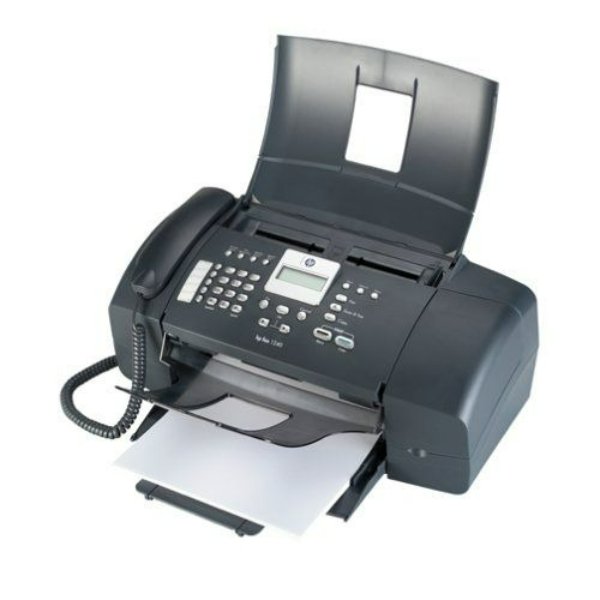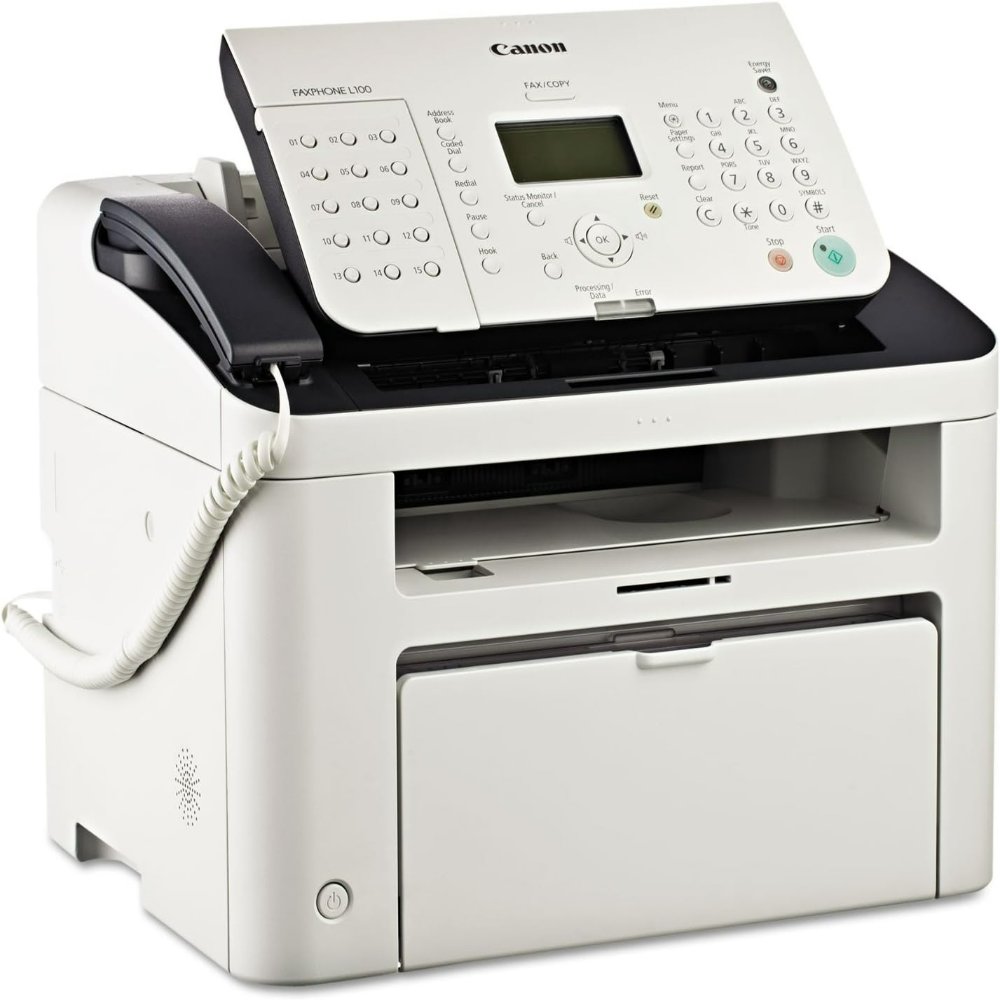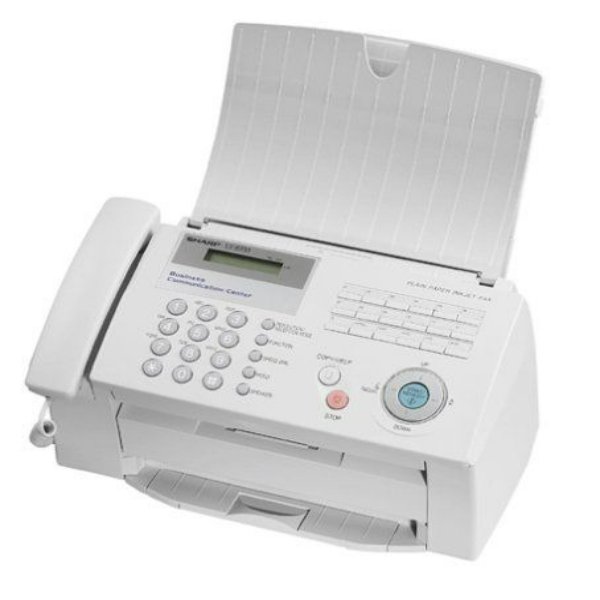Preparing for Installation
Before learning how to set up a fax machine, proper preparation is crucial. Start by unboxing the fax machine carefully. Check if all parts and accessories are present. Look for the power cord, phone line cable, and installation guide. Place these items close to where you will set up the machine. Ensure you have enough space to work. Clear the area of clutter or any objects that could get in the way.
Next, read the installation manual. Find specific instructions for your model. Identify the types of connections needed for your fax machine. Gather any additional tools you might need for setup, such as a screwdriver or wire strippers. Keep them within reach for when you start the actual installation process.
Lastly, consider any other devices connected to the same line. Devices like answering machines or modems can interfere with the fax operation. Plan how to integrate these devices if necessary. By doing this, you ensure a smooth installation process when setting up your fax machine.

Choosing the Right Location
Choosing the right location for your fax machine is vital. Consider these points:
- Accessibility: Place the machine within easy reach. Make sure you can access it quickly when you need to send or receive faxes.
- Proximity to a Phone Jack: The fax machine requires a phone line connection. Select a spot close to a phone jack to simplify the setup.
- Avoid Disturbances: Keep the fax machine away from devices that can cause interference. This includes microwaves, cordless phones, and large electronic equipment.
- Stable Surface: Ensure the chosen location has a stable surface. The fax machine should sit on a level, firm desk or table to operate properly.
- Environment: Avoid placing the fax machine in direct sunlight or dusty areas. Extremes in temperature and humidity can affect performance.
- Power Source: Position the fax machine near a power outlet. This will help avoid the use of extension cords, which can be a tripping hazard or cause power fluctuations.
Once you’ve selected the ideal spot, you’re ready to proceed with connecting the fax machine to the phone line.
Connecting to a Phone Line
Once you’ve positioned the fax machine near a phone jack, it’s time to connect it. Here are the steps to ensure a secure connection:
- Locate the Phone Jack: Look behind the chosen spot for the nearest phone jack.
- Phone Line Cable: Grab the phone line cable that came with your fax machine.
- Connect to Fax Machine: Firmly plug one end of the cable into the fax machine’s phone line port. This is often labeled ‘Line In’ or directly indicates it’s for a phone line.
- Plug into Phone Jack: Connect the other end of the phone line cable to the phone jack on the wall.
- Secure the Connection: Make sure both ends click into place. A loose connection could cause problems later.
- Avoid Using Splitters: If possible, do not use a splitter with the phone line. This can degrade the quality of the transmission.
- Check for Dial Tone: Once connected, check for a dial tone. Many machines allow you to hear it by pressing a certain button or through an on-screen prompt.
- Confirm with Phone Call: If your machine has the capability, try sending a fax to your cell phone or testing with a friend’s fax machine to ensure the line is active.
Connecting your fax machine properly to a phone line is a key step in learning how to set up a fax machine. Ensuring the connection is sound establishes the foundation for reliable fax transmission. With these steps, you’ve bridged the crucial link between your fax machine and the outside world.

Installing the Ink or Toner Cartridge
Once you’ve connected the fax machine to the phone line, the next step is to install the ink or toner cartridge. This is essential for the fax machine to print incoming faxes and confirmation reports. Follow these simple steps to install the cartridge properly:
- Access the Cartridge Area: Open the fax machine’s panel to reveal where the cartridge should go. Check the user manual for the exact location if you’re unsure.
- Remove Packaging: Take the ink or toner cartridge out of its packaging. Be careful to not touch the ink nozzle or the toner surface, as this could affect print quality.
- Insert the Cartridge: Align the cartridge with the slot and gently slide it in until it clicks into place. Some models may require you to insert the cartridge at a slight angle.
- Close the Panel: Once the cartridge is securely installed, close the fax machine’s panel.
- Run a Test Print: It’s a good idea to run a test print or two. This ensures that the cartridge is functioning and that the quality is up to standard.
Installing the ink or toner cartridge may seem daunting, but it’s quite straightforward. Make sure you have the correct cartridge for your fax machine model. If you’re unsure which to buy, refer to the machine’s user manual or check online with the manufacturer. Always handle the cartridge with care to avoid spills or damage. With the ink or toner in place, you’re closer to fully setting up your fax machine.
Loading Paper into the Fax Machine
Once the ink or toner cartridge is in place, the next step in how to set up a fax machine is loading paper. This ensures you’re ready to print faxes and confirmation reports. Follow these steps to load paper correctly:
- Open the Paper Tray: Gently pull out the fax machine’s paper tray. Some models have a cover you need to lift.
- Check Paper Specifications: Look at the user manual for the right paper size and type. Most machines use standard letter or A4 size.
- Fan and Align the Paper: Take a stack of paper and fan it out. This helps avoid paper jams. Align the stack neatly.
- Place the Paper: Place the paper into the tray carefully. Make sure the edges are lined up against the guides.
- Adjust the Guides: Move the paper guides so they’re snug against the stack. This prevents the paper from shifting.
- Close the Tray: Slide the tray back into the machine. If there is a cover, close it securely.
- Set Paper Preferences: Some fax machines allow you to set paper preferences on the machine itself. Follow on-screen prompts or manual instructions.
Loading paper correctly is key for the successful operation of a fax machine. Always use the right paper type and handle it with care to maintain print quality. Now that your paper is loaded, you are ready for the next step: configuring the fax settings.

Configuring Fax Settings
After installing the ink or toner cartridge and loading paper, it’s time to configure the fax machine settings. This step tailors the fax machine to your specific needs and ensures clear communication with other machines. Follow these straightforward guidelines:
- Set Date and Time: Navigate to the settings menu and enter the current date and time. This information is crucial for timestamping your faxes.
- Enter Fax Number and Header: Input your fax number and a header that typically includes the name of your business or personal name. This header will appear on outgoing faxes.
- Adjust Resolution and Contrast: Choose the desired resolution and contrast for your faxes. For most documents, standard settings are adequate. For finer details, high resolution may be needed.
- Enable Confirmation Reports: Activate the option to print a report after each fax transmission. This provides proof that your fax was sent successfully.
- Set Speed Dial Numbers: Program frequently used numbers into speed dial. This saves time when sending faxes to regular contacts.
- Volume Settings: Adjust the ring volume to an appropriate level. Some machines also allow you to set the volume of the dial tones.
Adjusting these settings correctly will boost the efficiency of your fax machine. It sets a strong foundation for smooth fax operations. With the settings configured, you’re almost ready to start faxing efficiently.
Testing the Fax Machine
After configuring your fax machine settings, you should test to confirm everything is working correctly. The following steps guide you through the testing phase, ensuring that your setup process culminates in a fully functioning fax machine.
- Send a Test Fax: Choose a document to send as a test fax. Send this fax to a known working fax machine, such as your own office’s alternate line or a friend’s machine.
- Check for Connectivity Issues: If the test fax fails to send, double-check connections. Make sure the phone line is securely plugged into both the fax machine and the jack.
- Review Test Fax Quality: Once received, inspect the quality of the test fax. Look for clear text and images without lines or smudges. This checks the ink or toner cartridge installation.
- Receive a Test Fax: Have someone send you a test fax. This verifies the machine’s ability to receive faxes and print them correctly.
- Examine Error Messages: If there are any error messages during the test sends or receives, consult the user manual. These may guide troubleshooting common issues.
- Check Confirmation Reports: If you enabled confirmation reports, make sure you get one after sending your test fax. The report should confirm the transmission was successful.
Executing a thorough test of the fax machine is an essential step in learning how to set up a fax machine. By following these practical measures, you can address any hiccups and assure the reliability of your machine. Once the test phase is complete, your fax machine is ready for everyday use.
Troubleshooting Common Setup Issues
When setting up a fax machine, you might encounter some hiccups. Troubleshooting is key to resolving these common setup issues quickly. Follow these pointers to tackle any problems that arise:
- Check Connections: Ensure all cables are securely connected. Loose cables can disrupt communication.
- Review Power Supply: Verify the fax machine is plugged into a functioning power outlet. Power issues can prevent the machine from operating.
- Inspect Ink/Toner: Ensure the cartridge is installed correctly and has sufficient ink or toner. Incorrect installation or low supplies can affect print quality.
- Paper Jams: If paper jams occur, open the panel gently and remove the jammed paper. Be sure to check for any small pieces of paper that may be stuck.
- Dial Tone Issues: If you can’t hear a dial tone, recheck the phone line connection. If issues persist, try a different phone cable.
- Fax Transmission Errors: Make sure you’re using the correct fax number and settings. Check the recipient’s machine status as well.
- Quality of Received Faxes: If incoming faxes are poor quality, adjust the contrast and resolution settings.
- Line Noise: Listen for line noise that can interfere with transmission. If present, consider installing a line filter.
- Update Firmware: Manufacturers may release updates. Check for any firmware updates for your fax machine model.
- Reset to Factory Settings: As a last resort, resetting the fax machine to factory settings can resolve complex issues.
Solve these common problems, and learn how to set up a fax machine effectively. Remember to refer to the user manual or support line for model-specific advice. With proper troubleshooting, your fax machine will be ready for reliable use.
